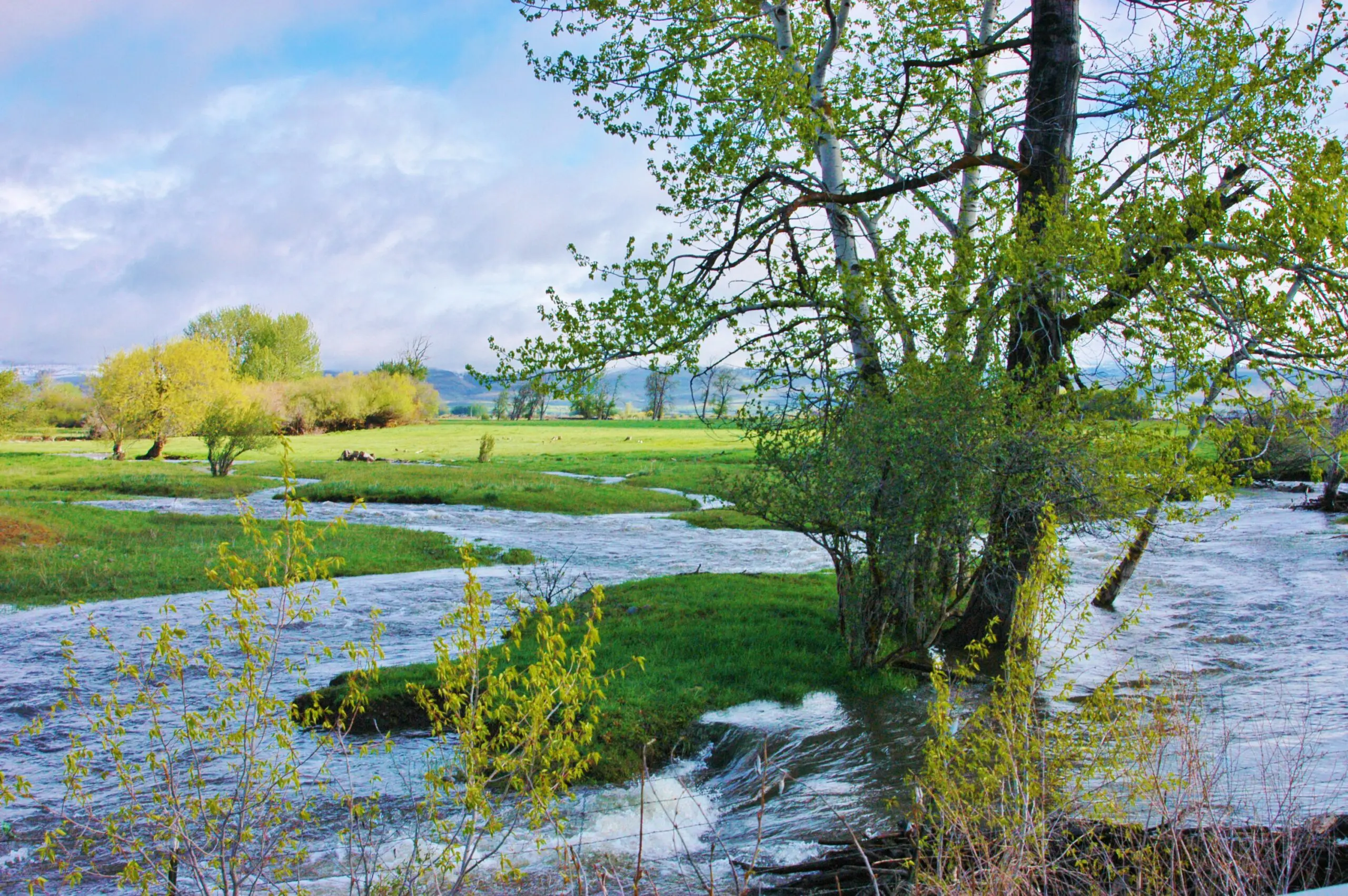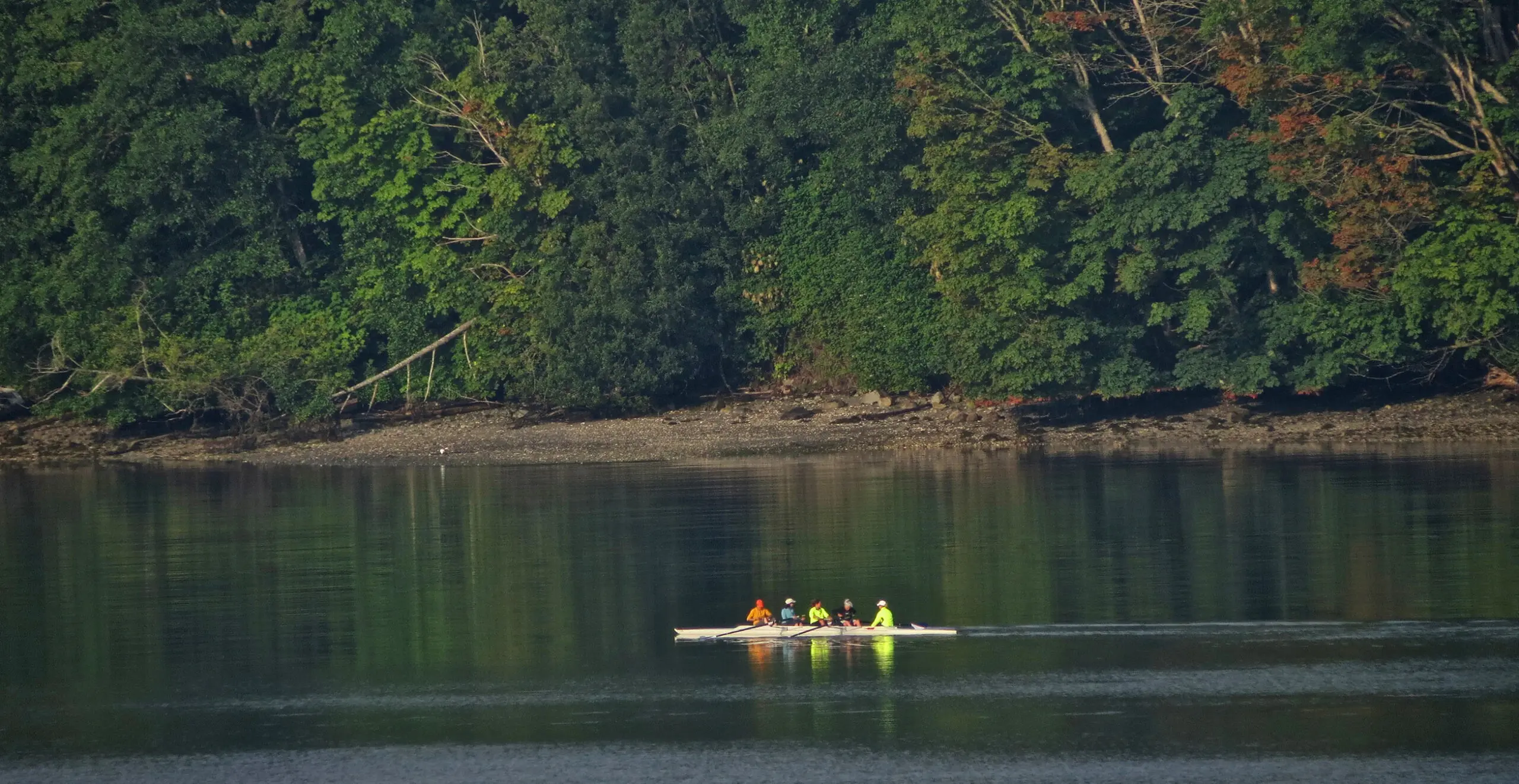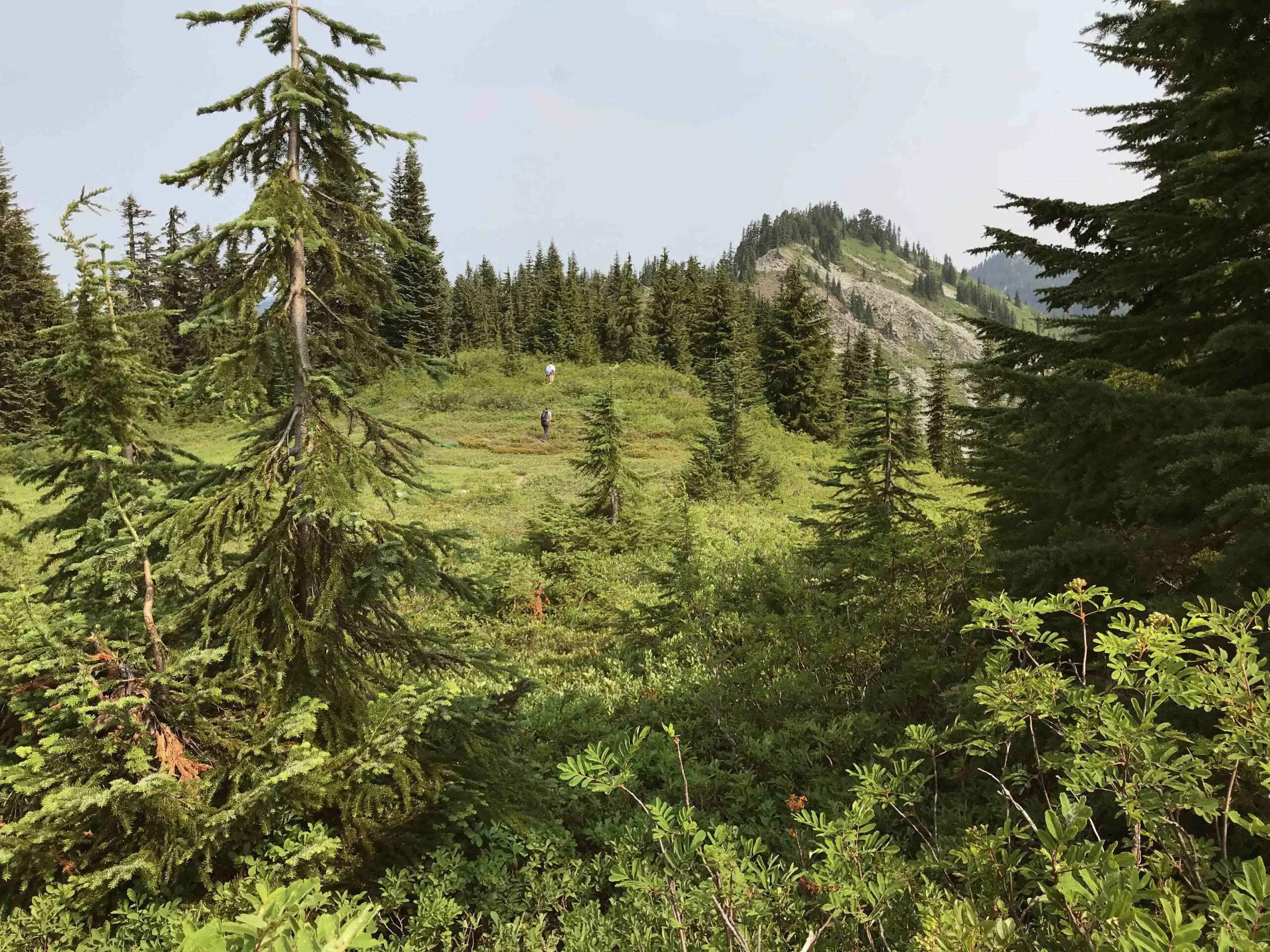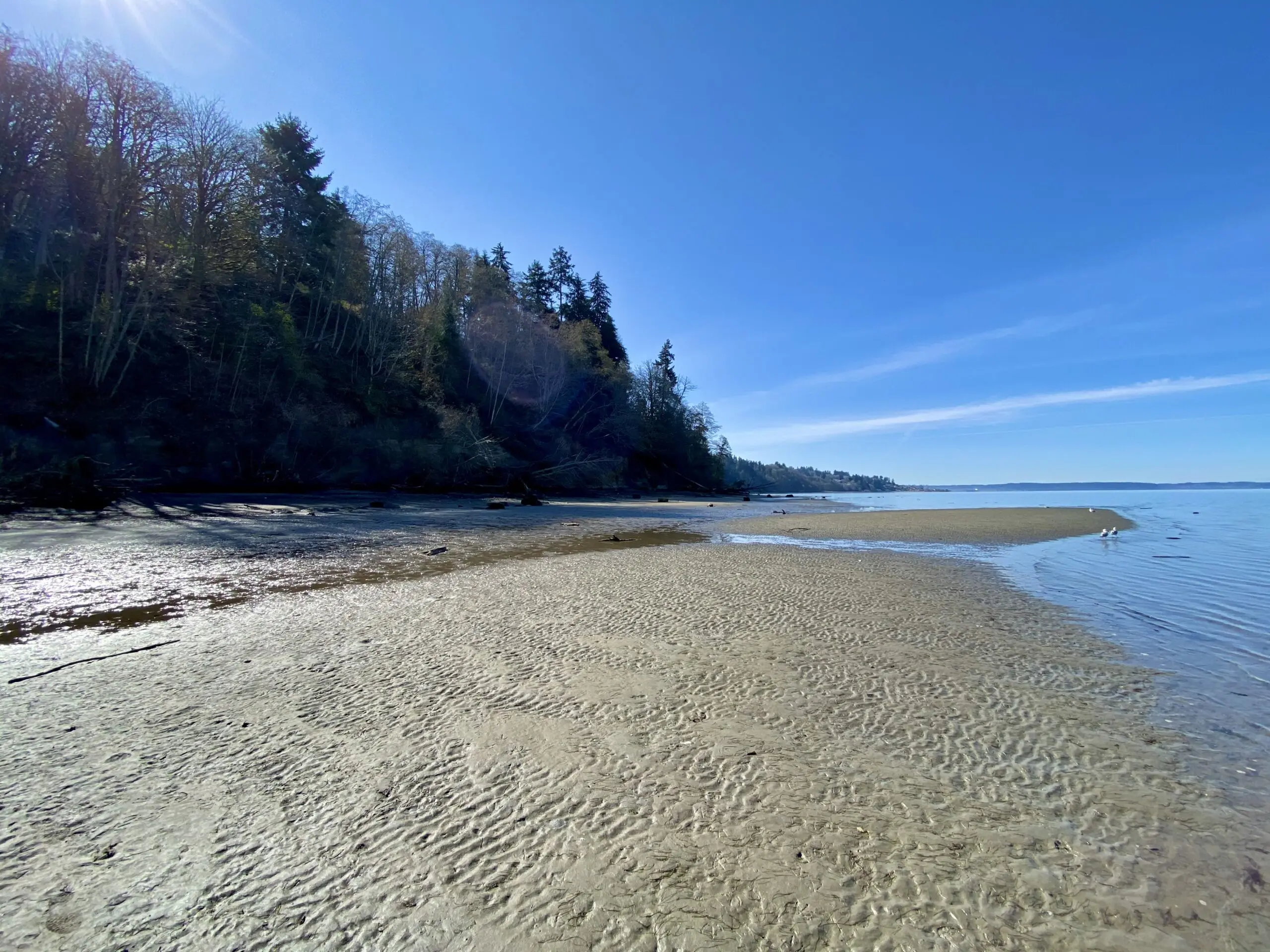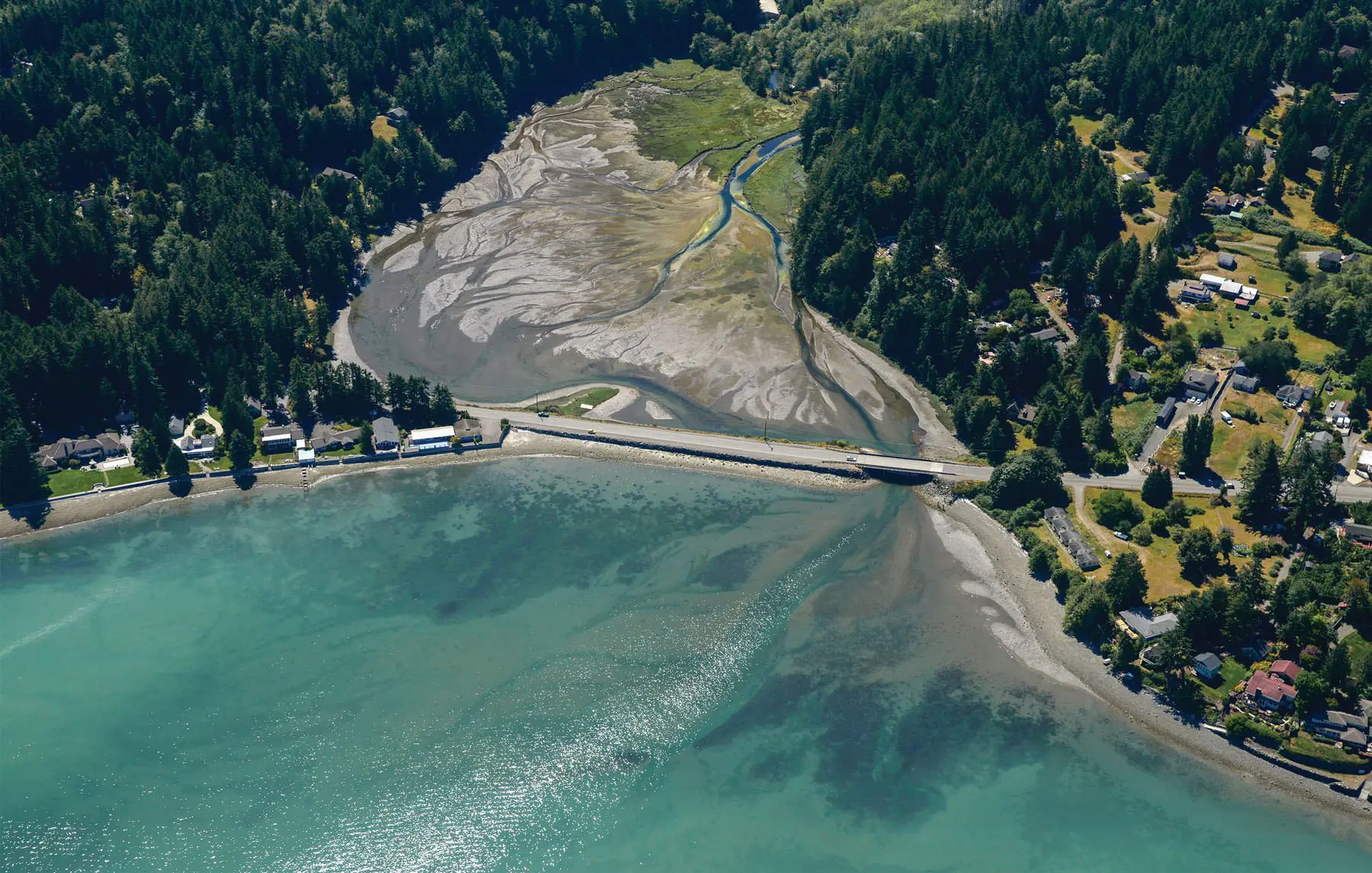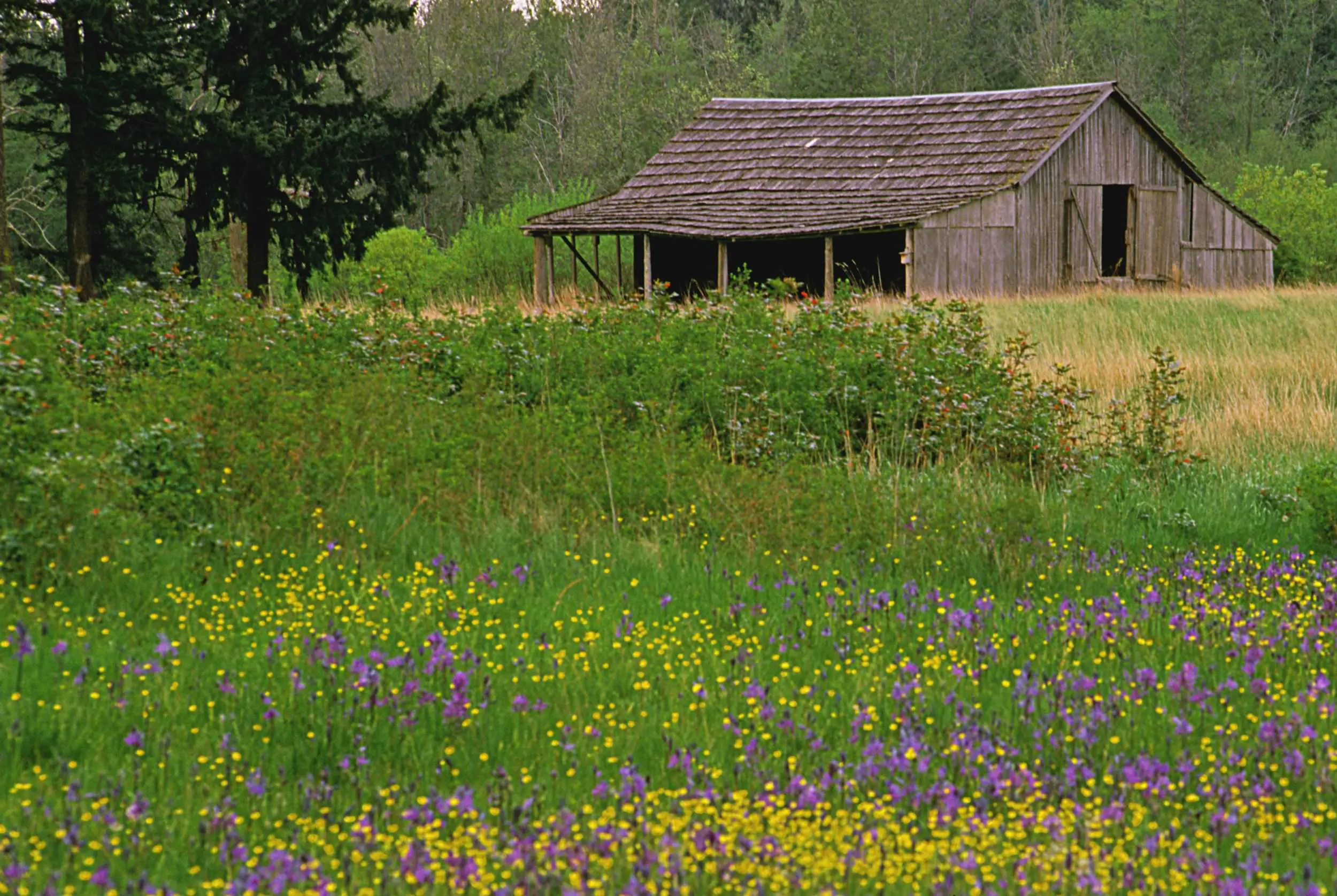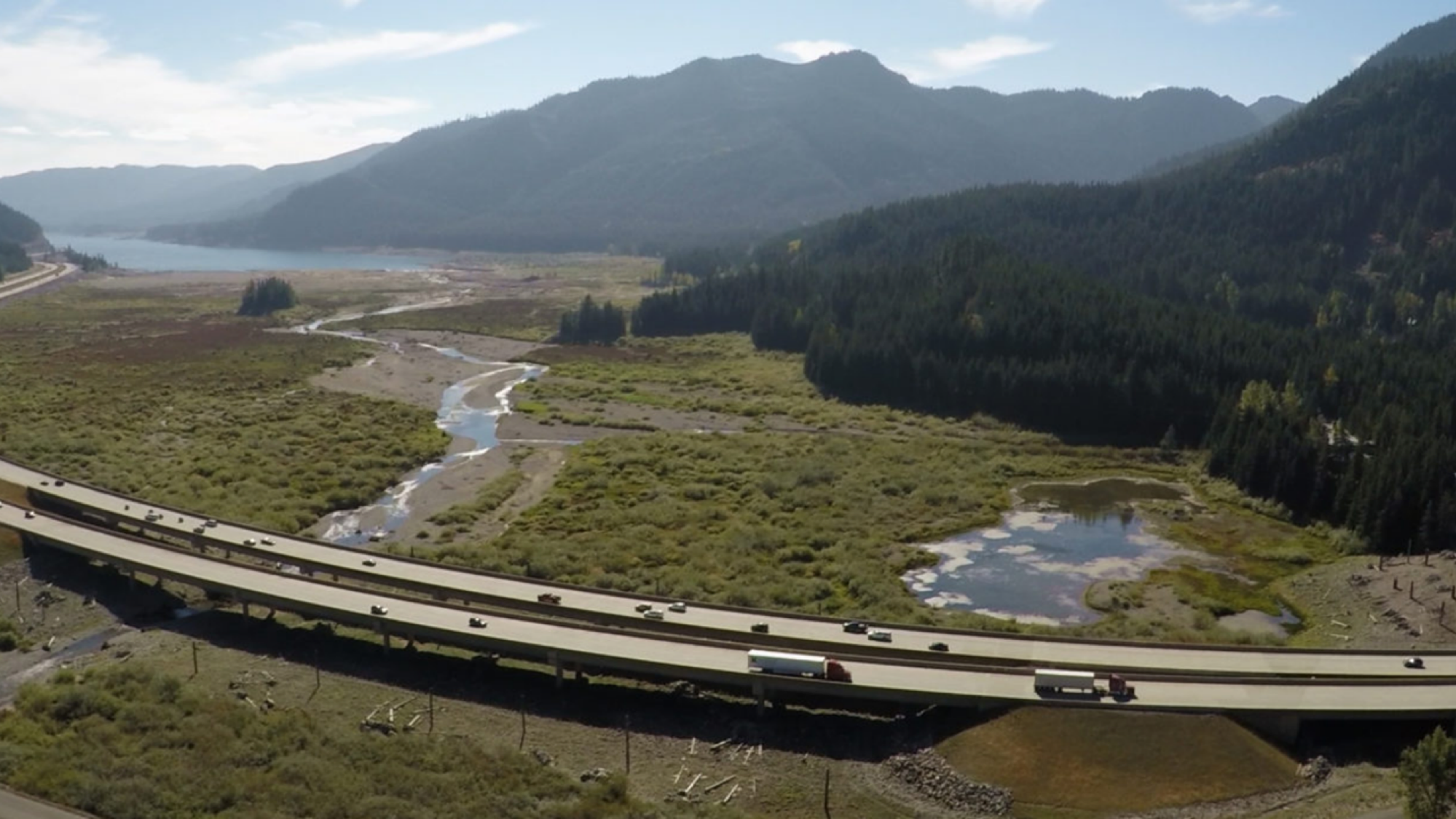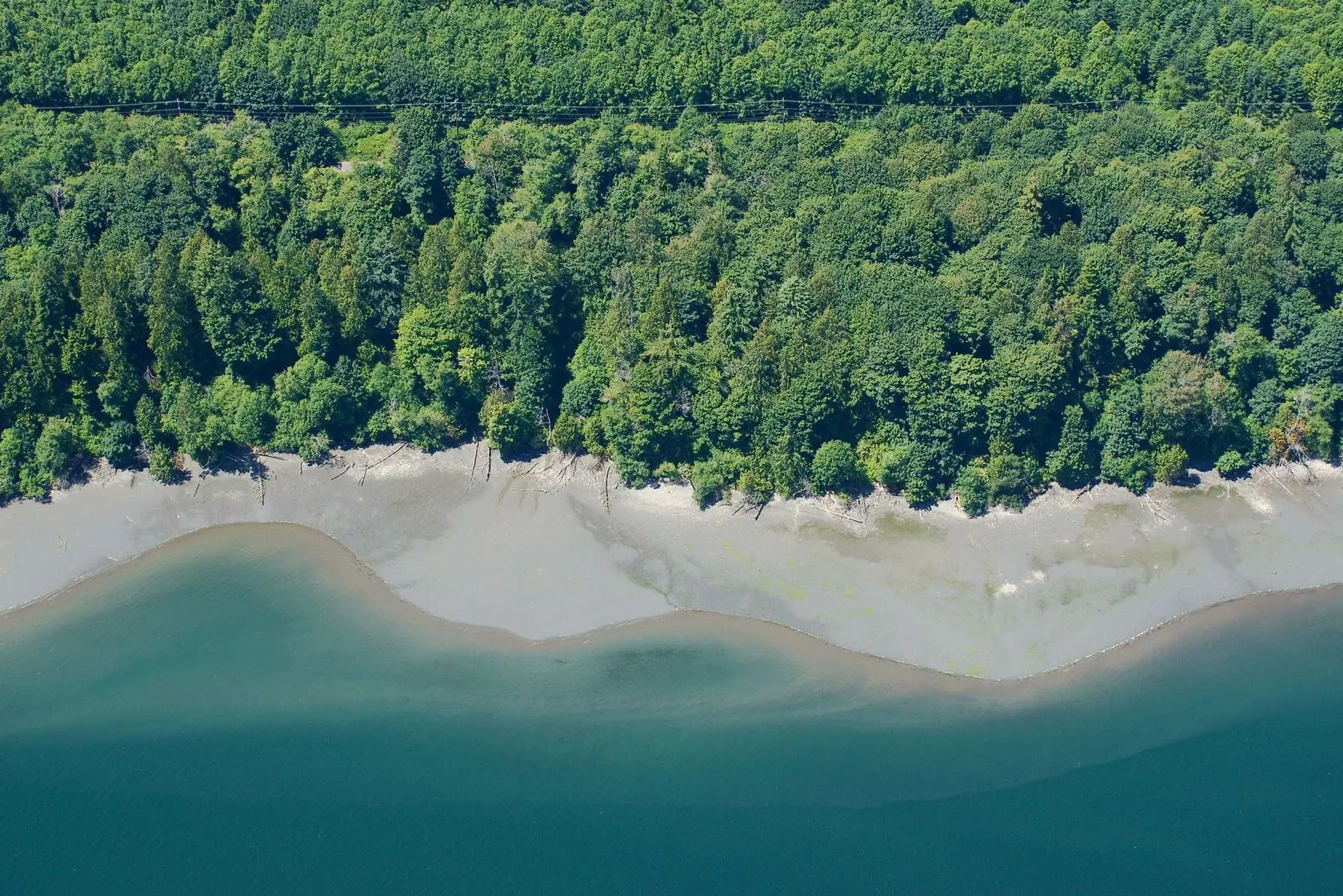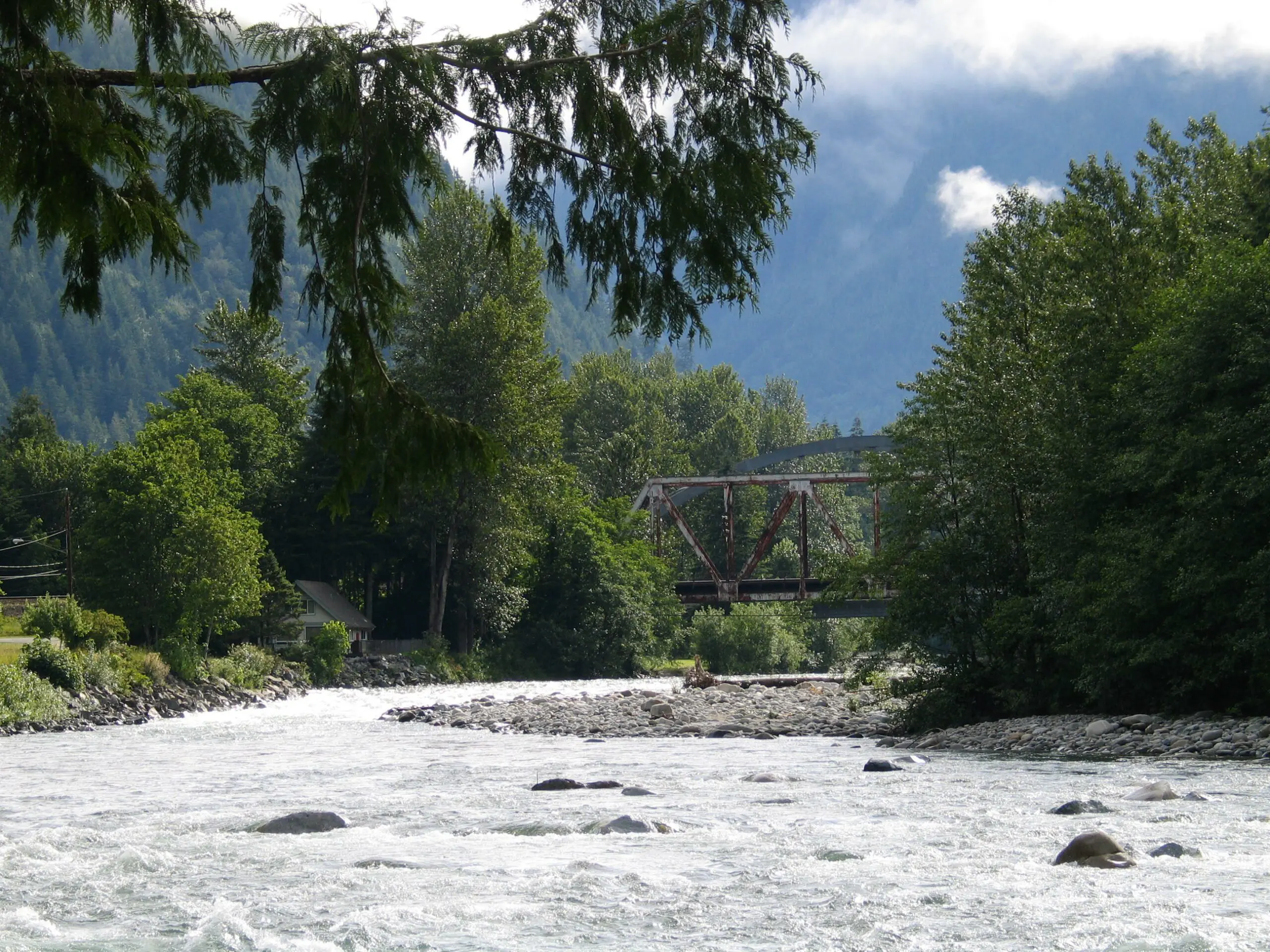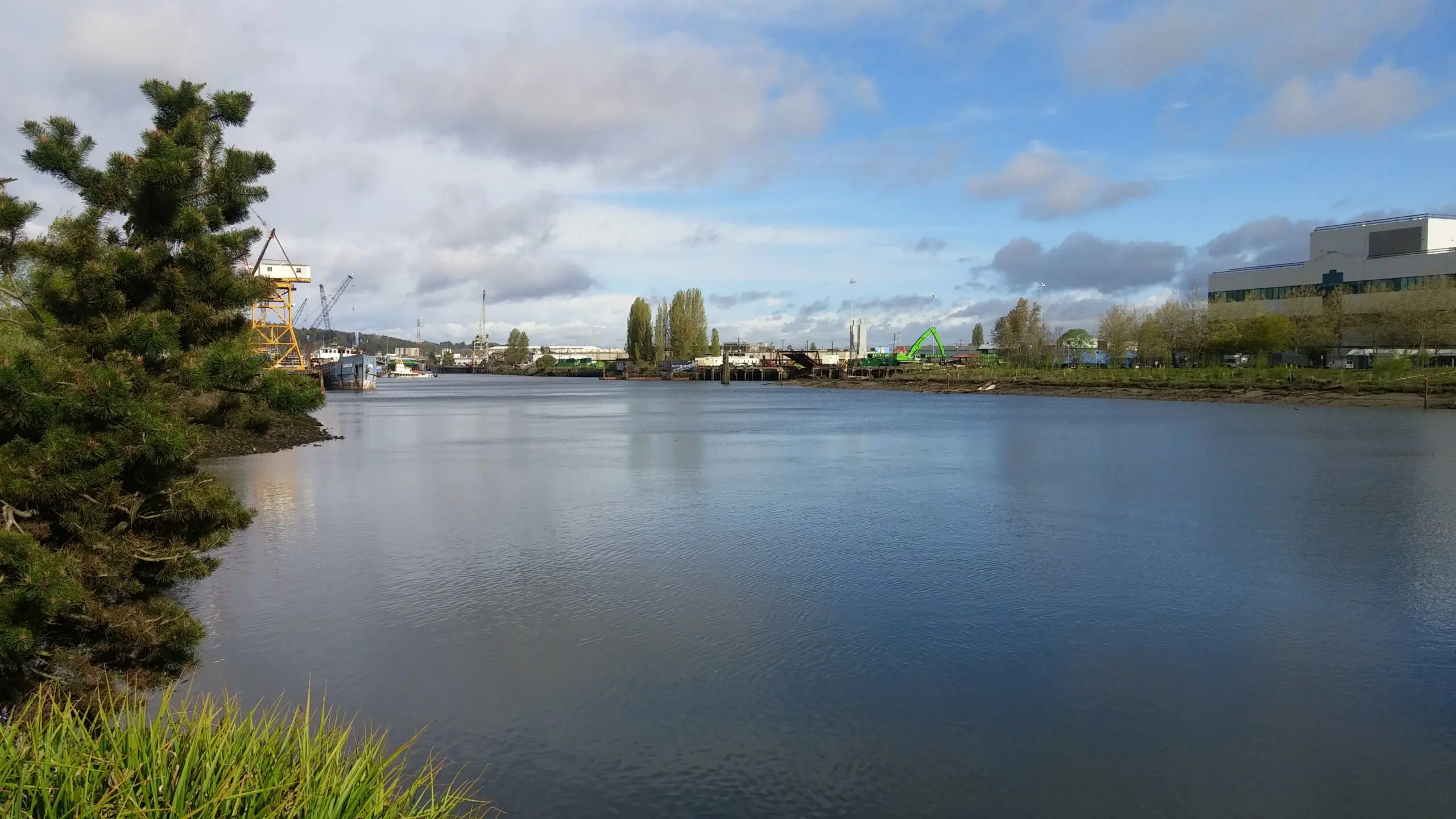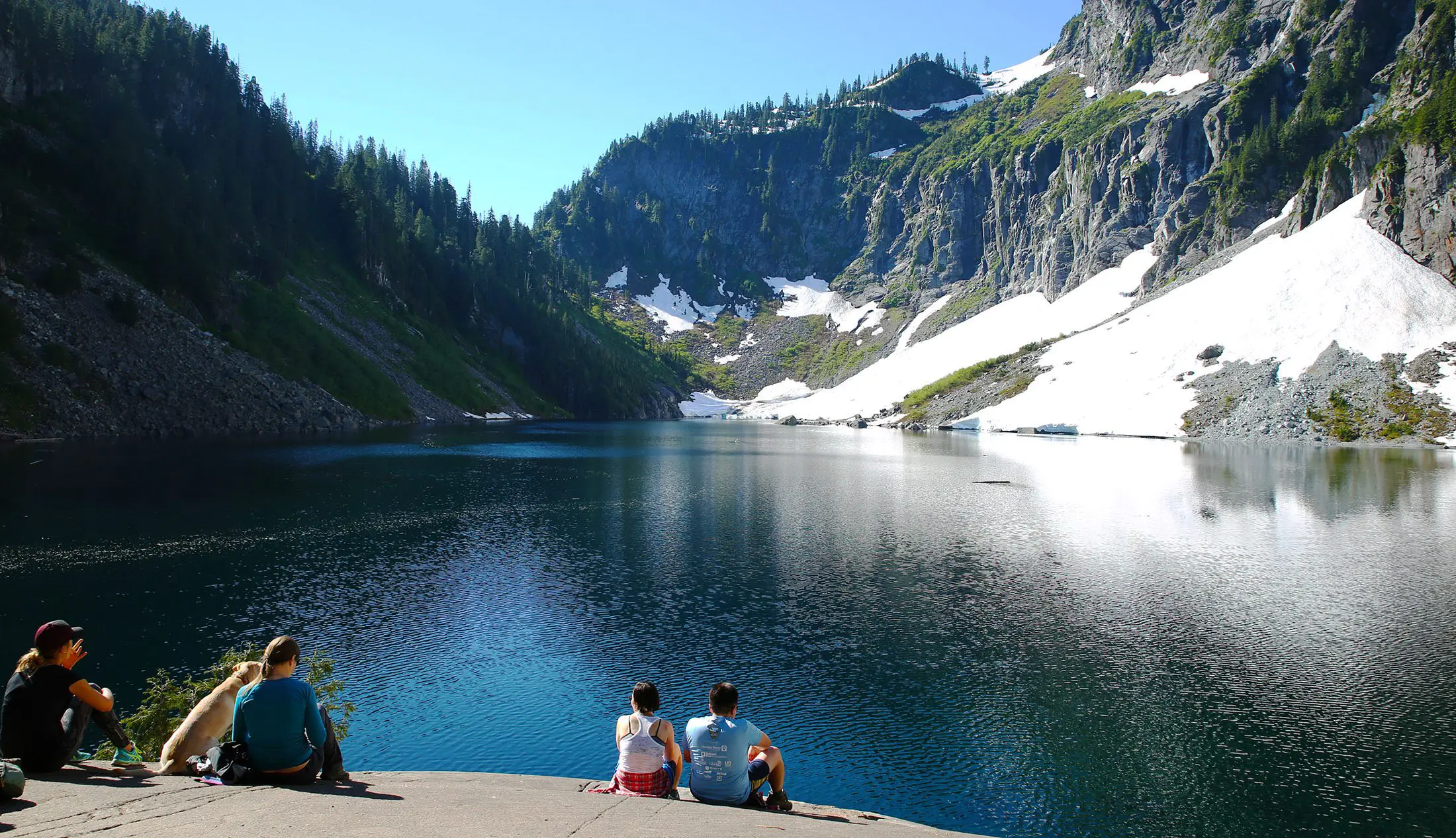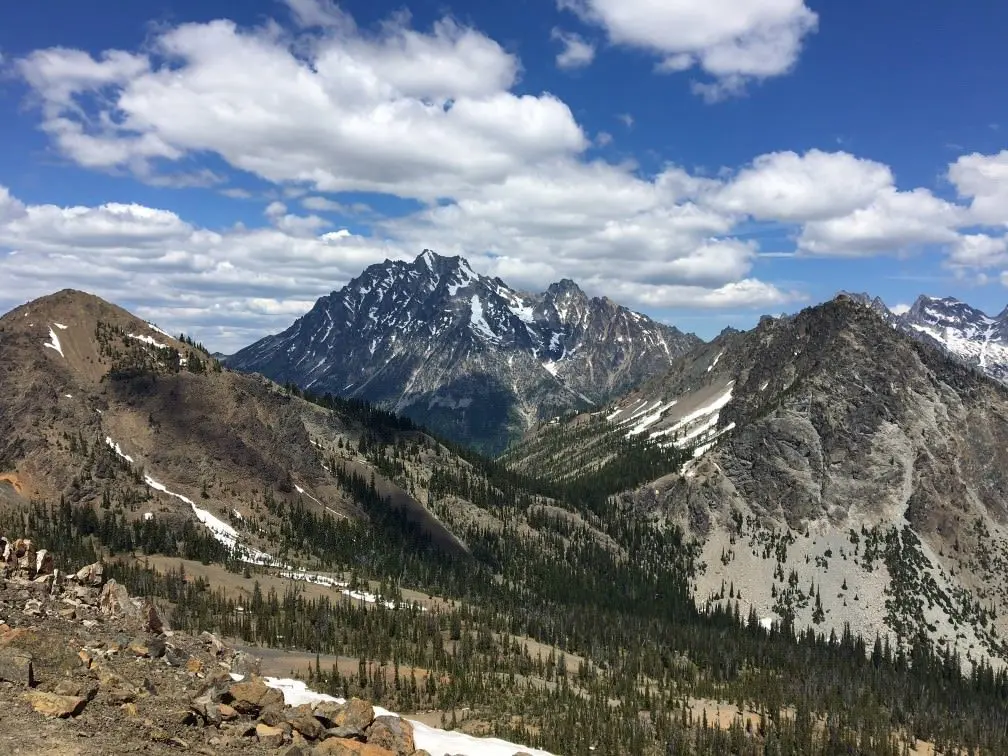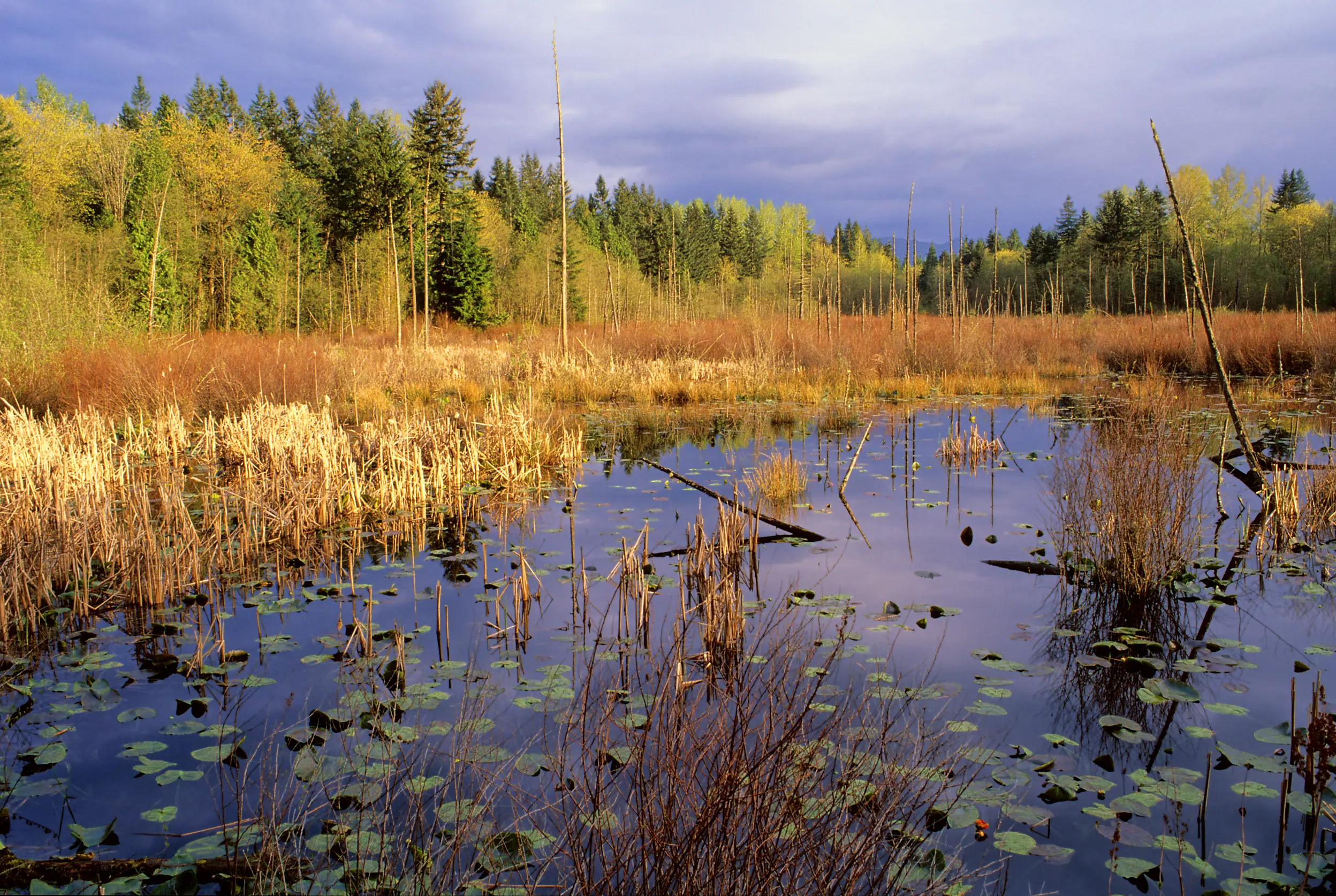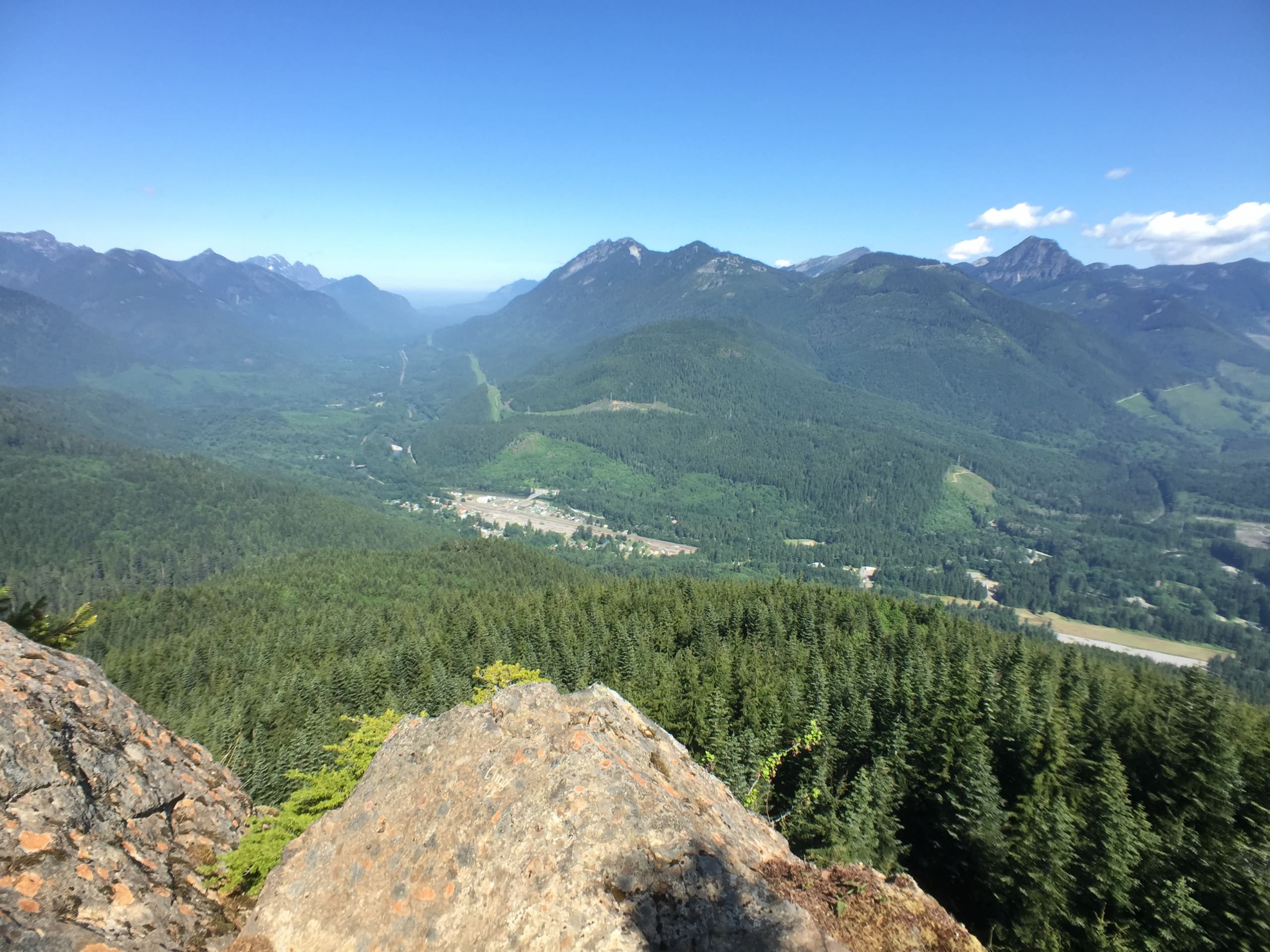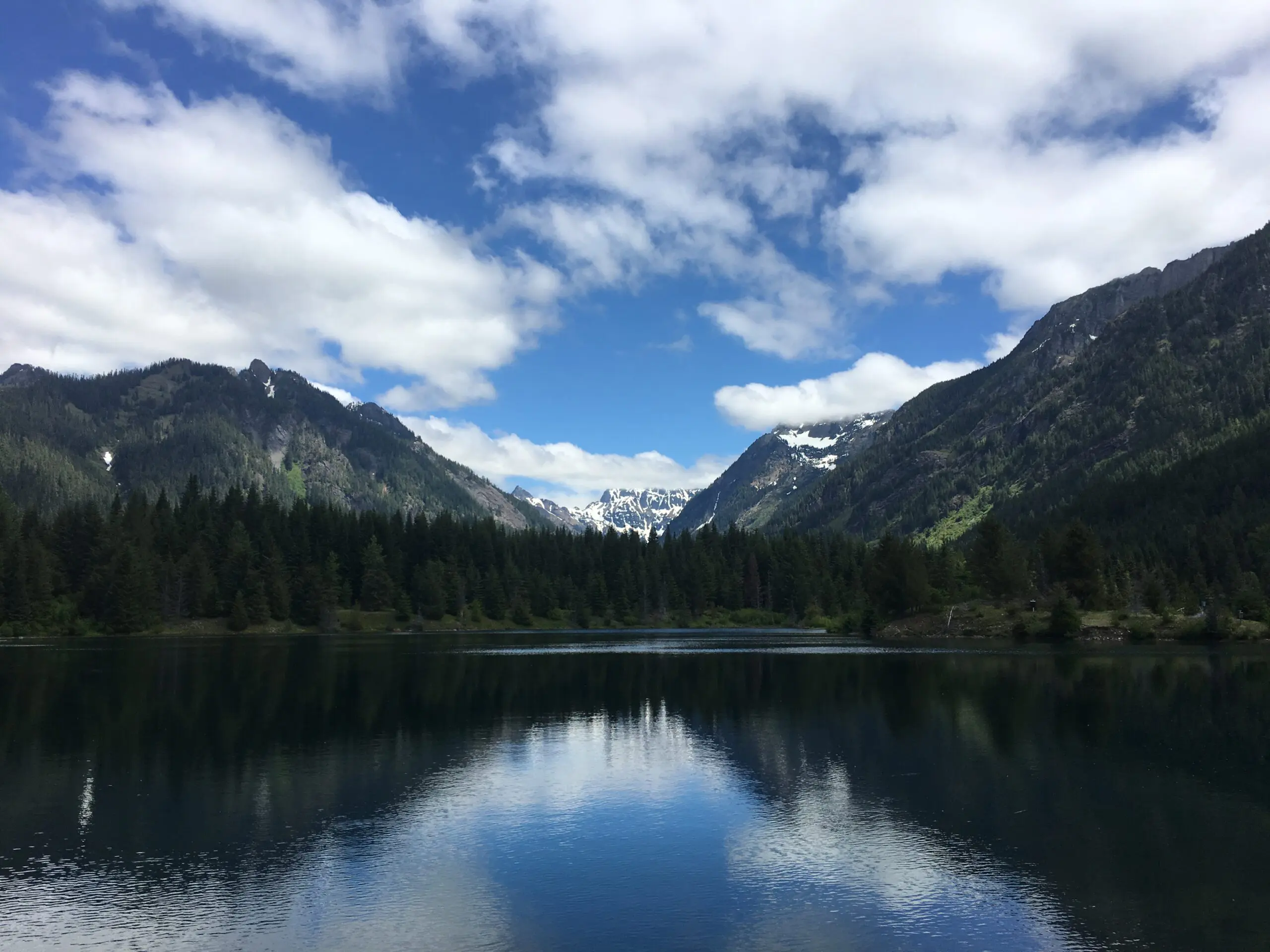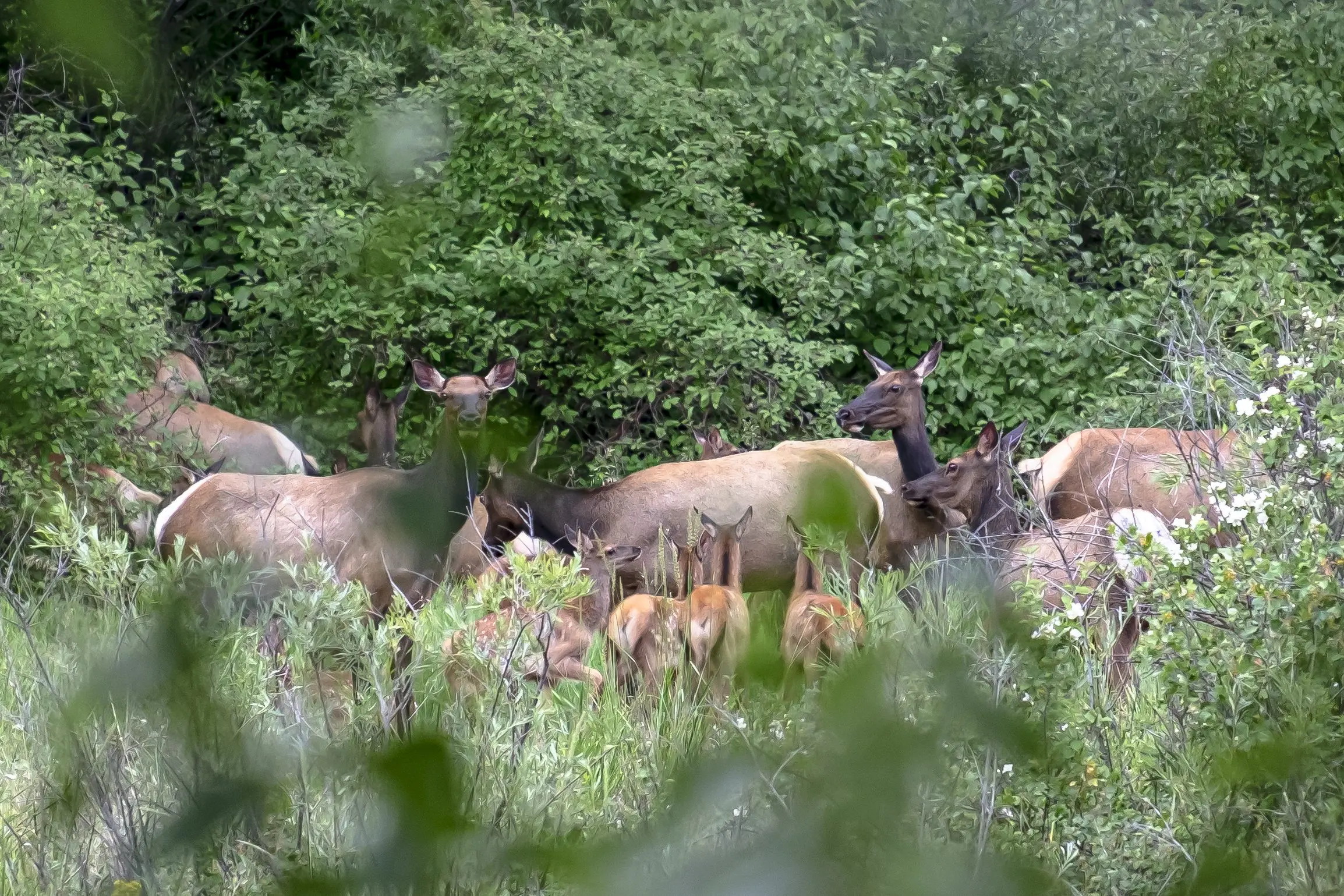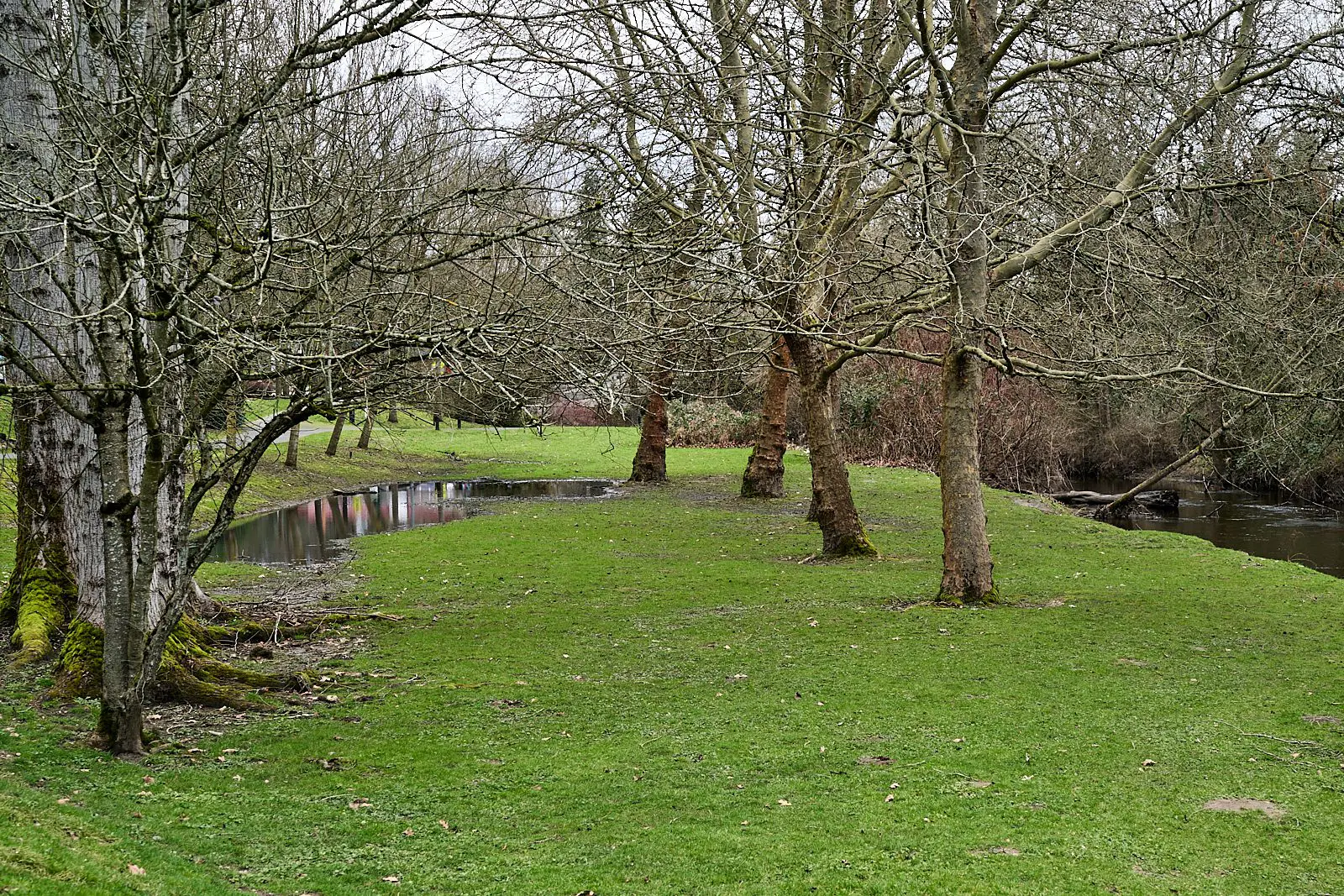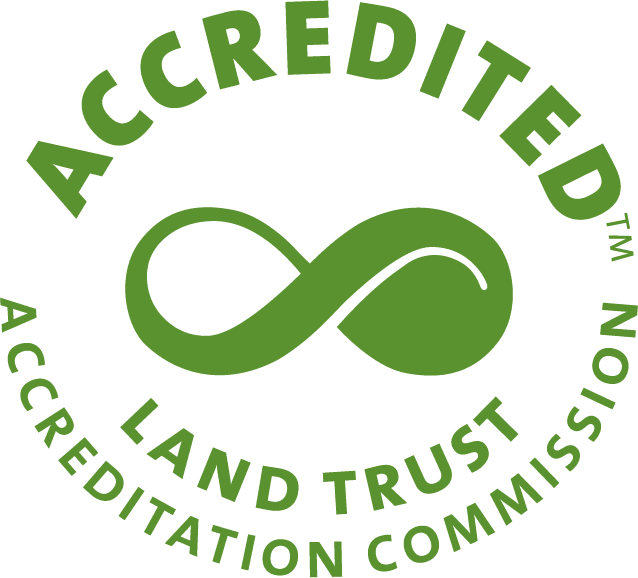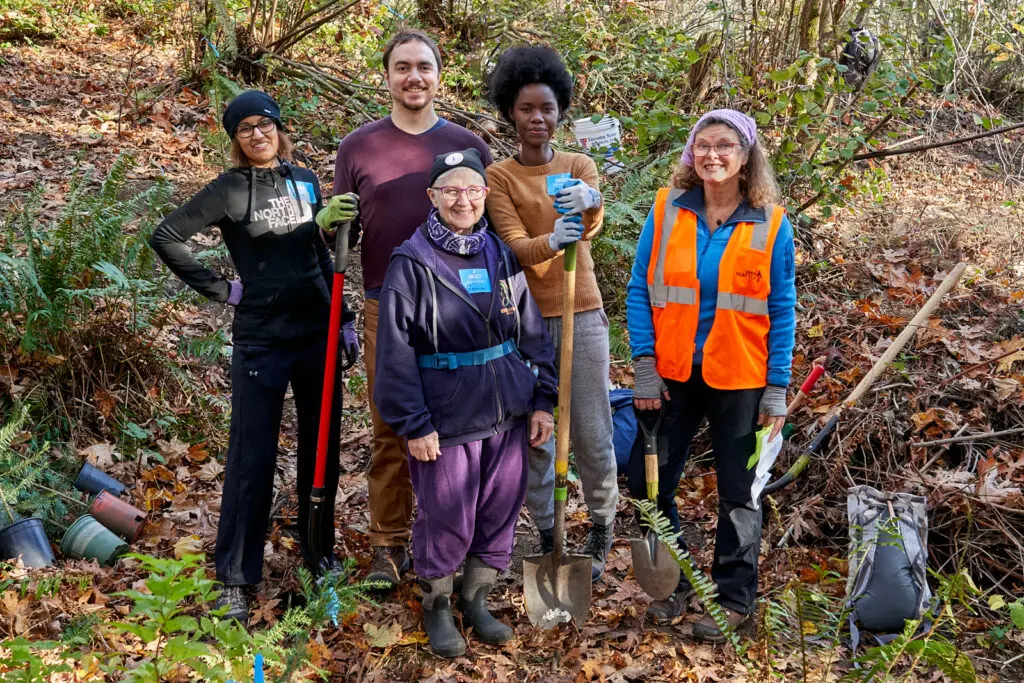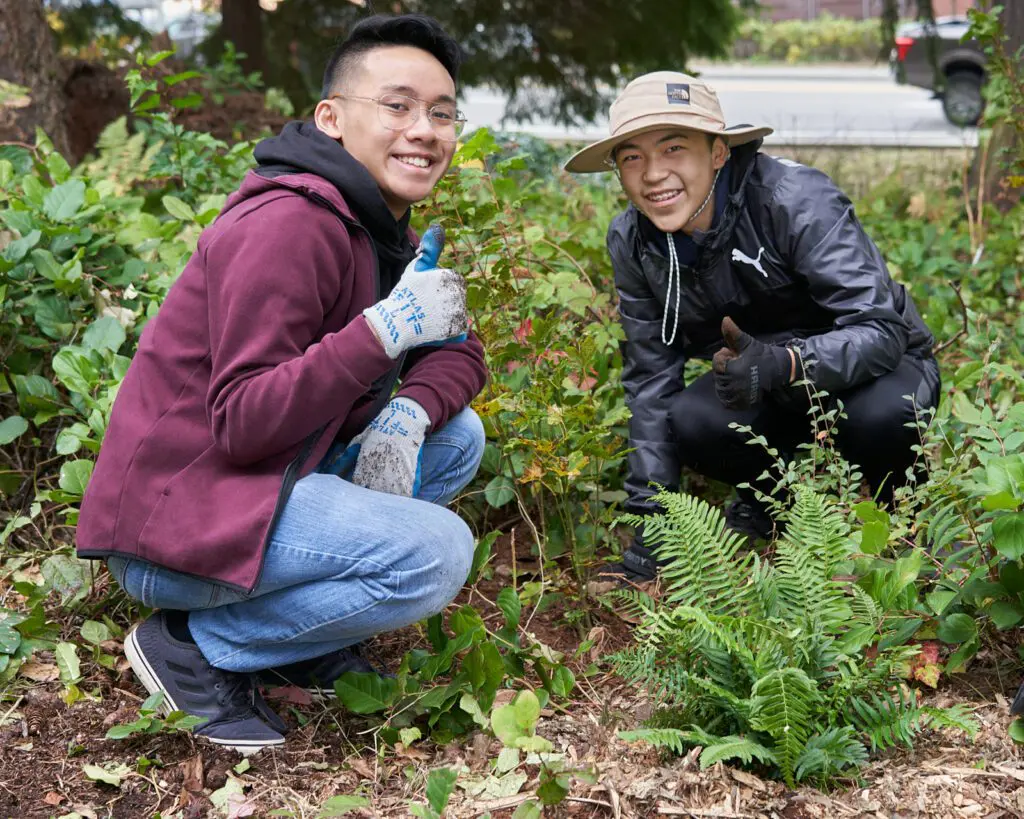thornton creek
Thornton Creek Alliance and partners King County, Seattle Parks, Seattle Public Utilities, the City of Shoreline, Earthcorps, and Forterra, convened in fall of 2017 to discuss a coordinated effort to control knotweed in the Thornton Creek Watershed. The parties completed a strategic plan in 2018, with the Thornton Creek Alliance leading the charge in mapping knotweed and other noxious weeds in the watershed.
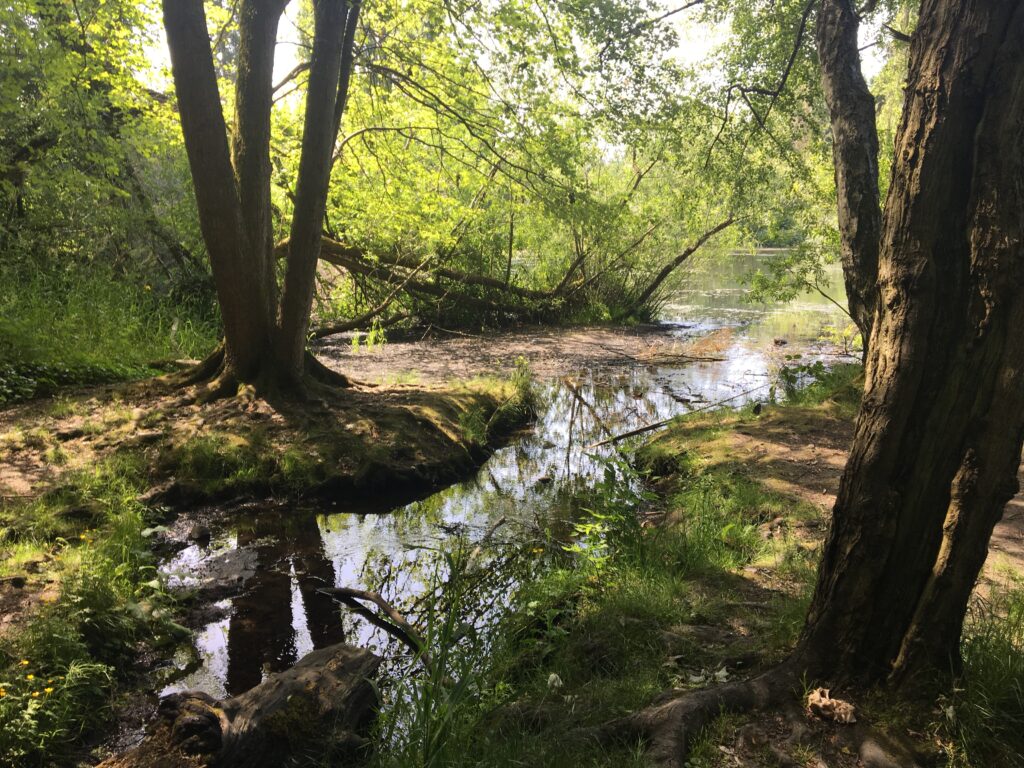
what is knotweed and why control it?
Knotweed (polygonum spp.) is a bamboo-like, non-native plant that wreaks havoc on properties and ecosystems. Once established, knotweed forms dense stands that crowd out native vegetation and clog small waterways, increasing bank erosion and lowering the quality of riparian habitat for fish and wildlife. Knotweed treatment typically takes several years to be successful.
overview
Forterra worked with private landowners and public partners to control knotweed along and restore healthy ecosystems within this highly urbanized watershed.
program
- Conservation And Land Stewardship
